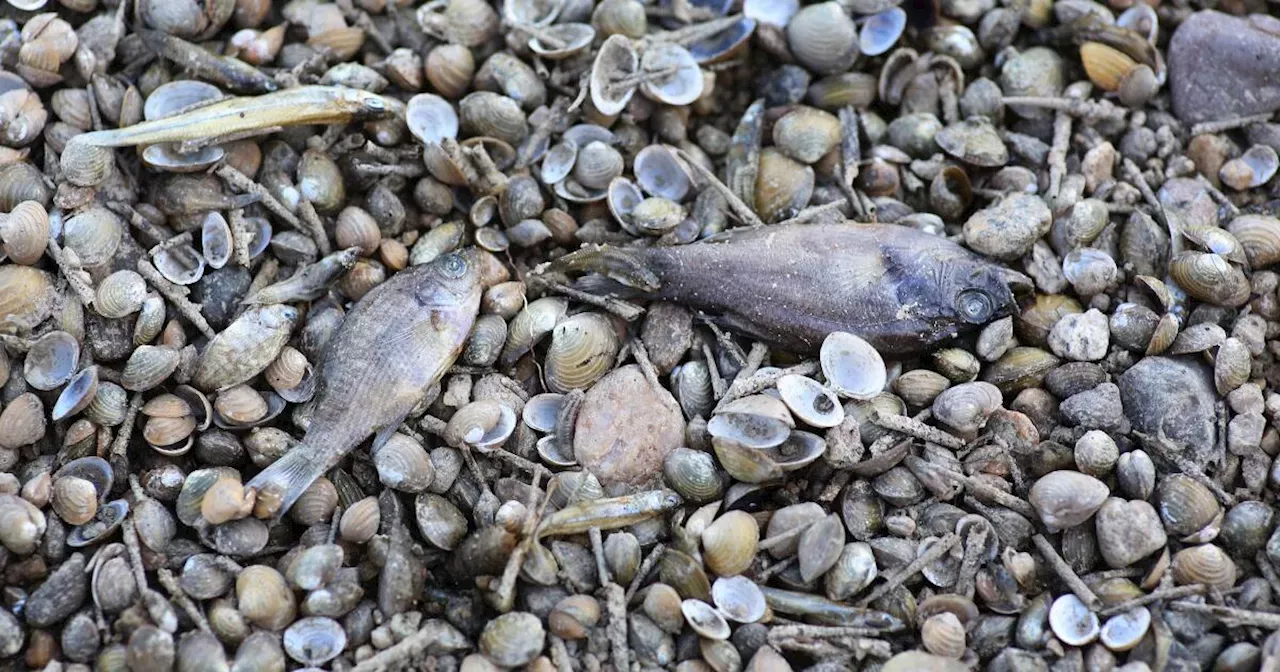We enjoy magnolia trees for their beautiful early spring flowers, but in summer they sometimes get downright ugly. Gardeners may notice a fuzzy black coating on branches or a sticky glaze that attracts ants and wasps. “That’s known as honeydew,” said Sharon Yiesla, plant knowledge specialist at The Morton Arboretum in Lisle.
“It’s an excretion from scale insects, and the black stuff is a fungus growing on the honeydew.” The black mold is not in itself a disease and is harmless to the plant, although it may be unattractive to the gardener. These results of magnolia scale insects are easier to spot than the insects themselves.

A magnolia scale insect (Neolecanium cornuparvum) lies flat against the bark of a tree or shrub, sucking sap from the plant and dripping honeydew onto branches below. The insect has a protective covering built up from waxy secretions that makes it impervious to insecticides. “You have to look closely to see them along a branch,” Yiesla said.
“They look like oval bumps or overlapping scales about half an inch long.” An established magnolia tree can usually tolerate a small infestation of scale insects, but a large untreated population can divert enough sap to weaken the tree and eventually cause it to decline. “If you see honeydew or sooty mold on your magnolia, look along the branches for scale insects,” Yiesla said.
If the infestation is small and is localized to a few branches, you can just prune them out. Dispose of the infested branches in the landscape waste. A larger population may call for treatment.
However, the time when magnolia scale is most obvious, when the black mold appears in summer, is the wrong time to consider spraying. The adult insects are so well armored that the spray won’t affect them. “To treat for magnolia scale, you have to wait for a more vulnerable time in their life cycle,” she said.
The vulnerable stage comes in late summer, sometime between late August and the end of September, when female scale insects give birth to live young. These nymphs — called crawlers — move around until they find a suitable place to spend the winter. Since they have no protective carapace, the crawlers are vulnerable to some insecticides as well as insecticidal soap and horticultural oils.
Consult the Plant Clinic ( ) for advice on the right products to use against the crawlers and when to apply it. “You’ll want to be prepared before the crawlers hatch,” Yiesla said. “The hatching is triggered by heat, so the exact timing will depend on the summer weather.
” For more information, see . There is another opportunity to control the insects in very early spring, when the overwintering nymphs can be smothered by an application of horticultural oil before they have a chance to build up their protective shells. You can help a magnolia tree resist attack by scale insects if you keep it generally healthy.
Water during dry periods. Spread an even layer of mulch over its roots. Avoid overfertilizing, which can lead to a buildup of scale insect populations.
“In most cases, established trees don’t need to be fertilized at all,” she said..



















